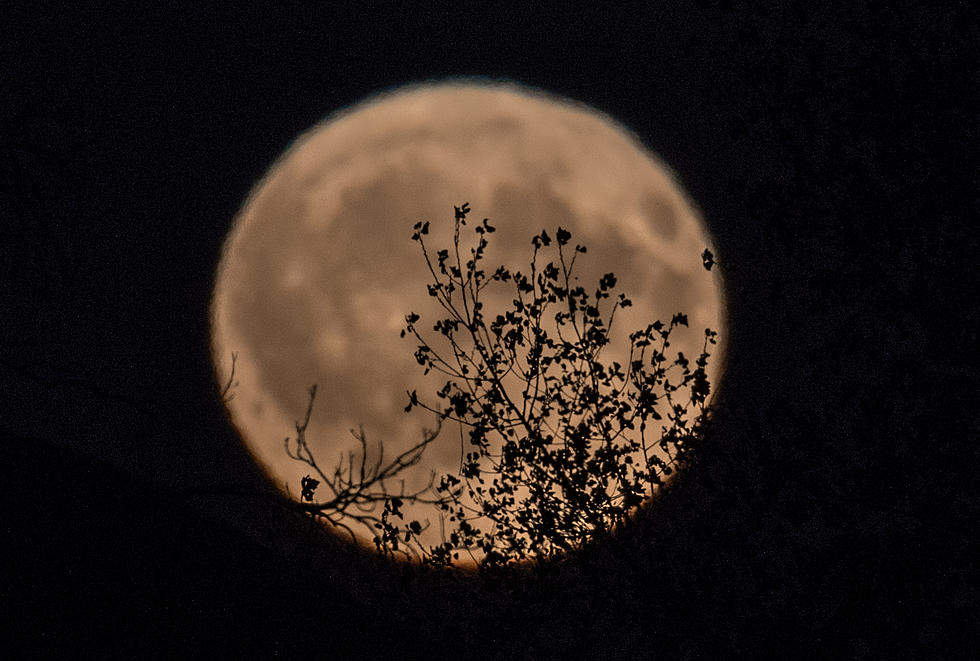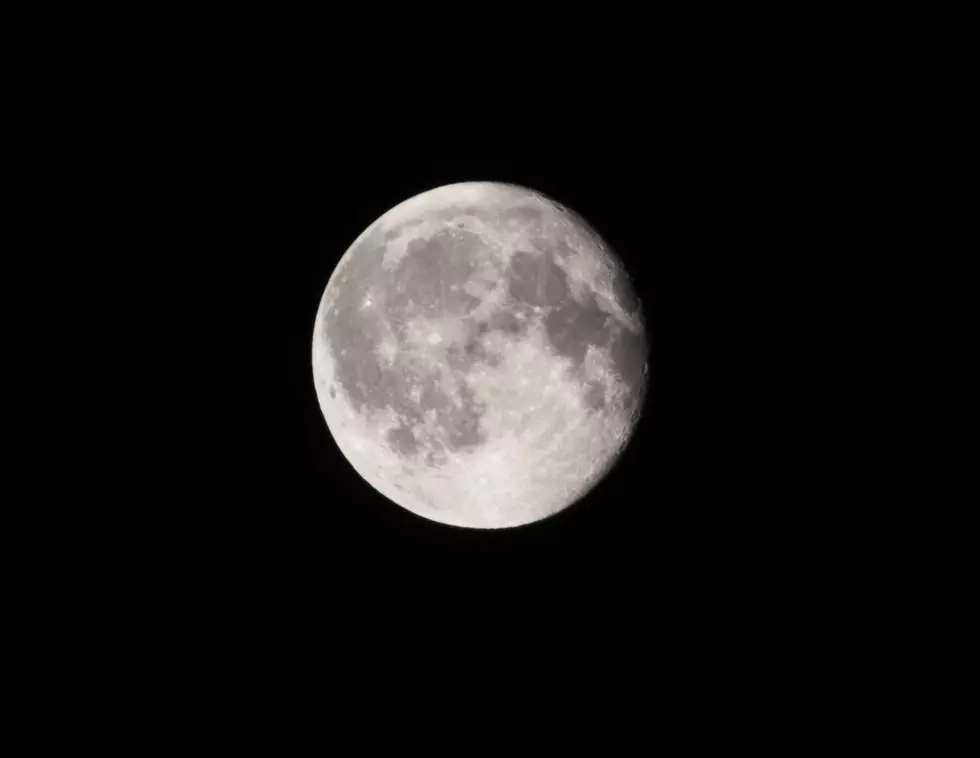
Luncar Eclipse Monday-Tuesday You Can See: 1st Since 2004
I just got this email from a long time listener:
"I haven’t forgotten my duties as the official morning show astronomer, it’s just that not much has been happening! The site below shows the upcoming lunar eclipse on Dec 20. Under Lunar Eclipse Diagrams, click on the MST selection to see when the eclipse will be visible here. Too bad it’s so late at night, but some of your listeners could still be awake then.
Ken V"Ken that's not late for me, it's normal rising time. :) Thank you for the heads up. The last one we could view was 2004. Here's some more info if you'd like to check it out.
"A total eclipse of the Moon occurs during the early morning hours of December 21, 2010 (for observers in western North America and Hawaii, the eclipse actually begins on the evening of December 20). The entire event is visible from North America, Greenland and Iceland. Western Europe will see the beginning stages of the eclipse before moonset while western Asia will get the later stages after moonrise. During a total lunar eclipse, the Moon's disk can take on a dramatically colorful appearance from bright orange to blood red to dark brown and (rarely) very dark gray.
An eclipse of the Moon can only take place at Full Moon, and only if the Moon passes through some portion of Earth's shadow. The shadow is actually composed of two cone-shaped parts, one nested inside the other. The outer shadow or penumbra is a zone where Earth blocks some (but not all) of the Sun's rays. In contrast, the inner shadow or umbra is a region where Earth blocks all direct sunlight from reaching the Moon.
When only part of the Moon passes through the umbra, a partial eclipse is seen. If the entire Moon passes through the umbral shadow, then a total eclipse of the Moon occurs."
More From 94.3 The X


![Incredible Images – Super Blue Moon Lunar Eclipse 2018 [PICTURES]](http://townsquare.media/site/48/files/2018/01/Supermoon1.jpg?w=980&q=75)



![Eclipses, Death Tarot Card, + More with Psychic Marla Mitchell [AUDIO]](http://townsquare.media/site/51/files/2016/02/Psychic-X-hulton-archive-getty-images1.jpg?w=980&q=75)


